Night Herons are a group of nocturnal heron species. As a whole, they are somewhat shorter than other herons, and rather stout.
There are several different species in three different taxonomic genuses. However, the most well-known of all these heron species is the Black-Crowned Night Heron, and for this reason this article will focus on that species alone. Read on to learn about the Night Heron.
Description of the Night Heron
Black-Crowned Night Herons are relatively small as far as herons go. They have shorter legs than some of their other heron counterparts, and lack the characteristic long curved neck. This species stands about two feet tall, and weigh around two pounds.
Their plumage (feathers) is gray and black, and their eyes are bright red. On the tops of their heads and backs, their feathers are nearly black, while their sides are gray and their undersides are cream colored.
Interesting Facts About the Night Heron
These little herons are interesting birds. They have different behavior, and look relatively different, than other heron species. Learn more about what makes these birds unique below.
- Group Rookery – Like other herons, the Black-Crowned species nests in large groups known as
“rookeries.” This species in particular is quite flexible with its neighbors. These herons often nest in rookeries that also contain other heron species, ibises, and more. - Spit Up – Young Night Herons are very unhappy when they are disturbed. In fact, chicks regurgitate their food if threatened by a potential predator. While this is obviously quite messy, it is actually extremely convenient for researchers. To study what the birds eat, all you have to do is see what the chicks spit up when you get too close!
- Bold Babies – When Black-Crowned chicks are between two and four weeks old, they make the bold decision to leave the safety of their nest. The only problem is, the chicks cannot fly for another two weeks! Instead, they climb through the branches of the rookery to move place to place until they can fly.
Habitat of the Night Heron
These birds live in shallow, primarily freshwater, ecosystems. Their favorite habitat is wetlands, but they also live in lakes, ponds, streams, marshes, swamps, and other waterside habitats.
These herons prefer living in habitats with dense waterside vegetation, which gives them plenty of protection from predators. The vegetation also gives them the perfect cover while hunting for small prey.
Distribution of the Night Heron
members of the Black-Crowned species live across much of the wetlands and marshes throughout the world! Populations live in North America, Central America, and South America.
They also live in parts of Africa, the Middle East, India, Asia, and many of the surrounding islands. In some areas, the birds live in the same place year-round, and in others they migrate seasonally.
Diet of the Night Heron
These little herons are carnivores, which means they eat animals rather than plants. Like most herons, fish make up a large portion of their diet. However, they do also prey on insects, worms, shrimp, crabs, crayfish, lizards, frogs, eggs, and a variety of other food.
They hunt by moving slowly through shallow water, searching for small prey. Once they spot a likely food item, they strike forward and grab it with their beaks.
Night Heron and Human Interaction
Like many other birds (such as peregrine falcons and brown pelicans), this species suffered heavily with the invention of the pesticide DDT. The birds ate fish that contained the toxin, and their eggshells became so thin that they could no longer reproduce. Thankfully, once we illegalized DDT, the bird populations bounced back. Now, the IUCN lists the Black-Crowned species as Least Concern.
Domestication
Humans have not domesticated Night Herons in any way.
Does the Night Heron Make a Good Pet
No, Night Herons do not make good pets. Because their diet primarily consists of fish, their feces is quite fowl. Owning a bird with poop like a this bird’s is no walk in the park, and it stinks! It is also illegal to own this heron species as a pet in most places.
Night Heron Care
Zoos and aquariums commonly take in injured Night Herons that can no longer survive in the wild. Those birds become important ambassadors, and teach zoo visitors about the dangers of pollution, improperly discarded fishing line, and habitat destruction.
They keep the birds in large enclosures with a variety of ground vegetation and plenty of shallow water to wade through. Zookeepers feed the birds a variety of fish, insects, worms, and even small mammals.
Behavior of the Night Heron
These little herons are solitary hunters, and they are sometimes quite aggressive towards other birds. They maintain territories based on where the best hunting is, and defend those territories vigorously.
However, when they are not hunting, they roost in groups, particularly during the colder months. As the breeding season arrives, large numbers of congregate into rookeries to mate.
Reproduction of the Night Heron
Scientists believe that this species of Heron breeds with the same partner season after season. Both partners work together to build their nest, and the female lays an average of four eggs. Both parents incubate the eggs for around a month.
When the chicks are around two weeks old, they start climbing out of the nest. They begin flying when they are around six weeks old, and once they can fly, they are independent.


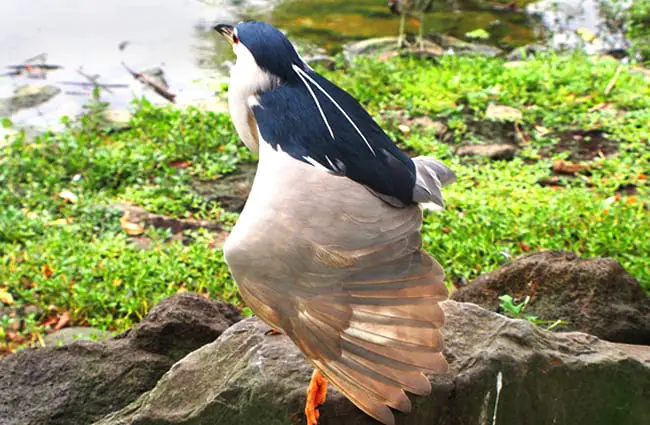


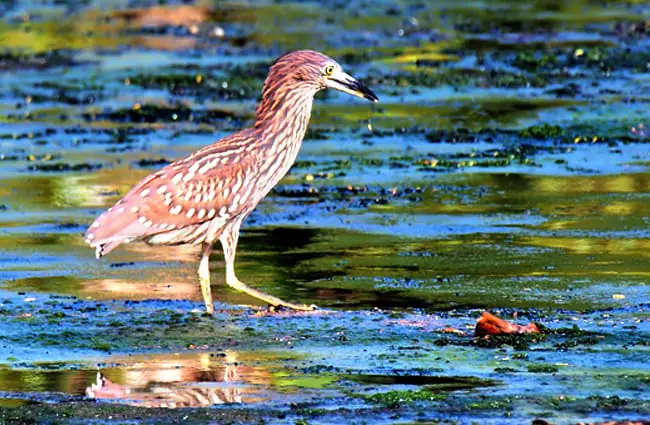
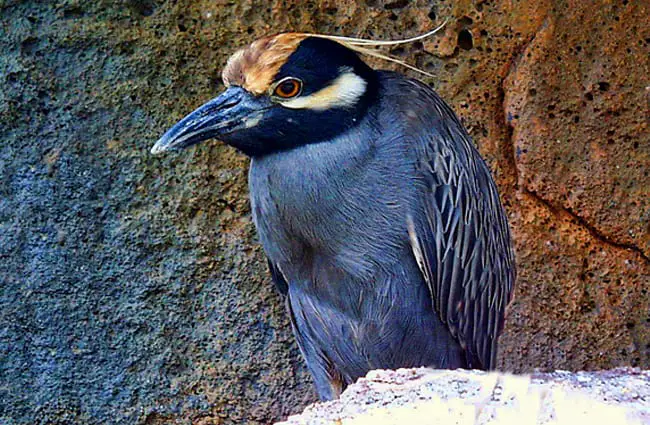
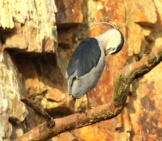
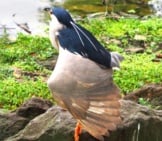
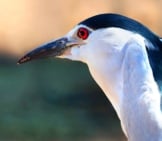



![Red Angus Closeup of a beautiful Red Angus cowPhoto by: U.S. Department of Agriculture [pubic domain]https://creativecommons.org/licenses/by/2.0/](https://animals.net/wp-content/uploads/2020/03/Red-Angus-4-238x178.jpg)












![Red Angus Closeup of a beautiful Red Angus cowPhoto by: U.S. Department of Agriculture [pubic domain]https://creativecommons.org/licenses/by/2.0/](https://animals.net/wp-content/uploads/2020/03/Red-Angus-4-100x75.jpg)

